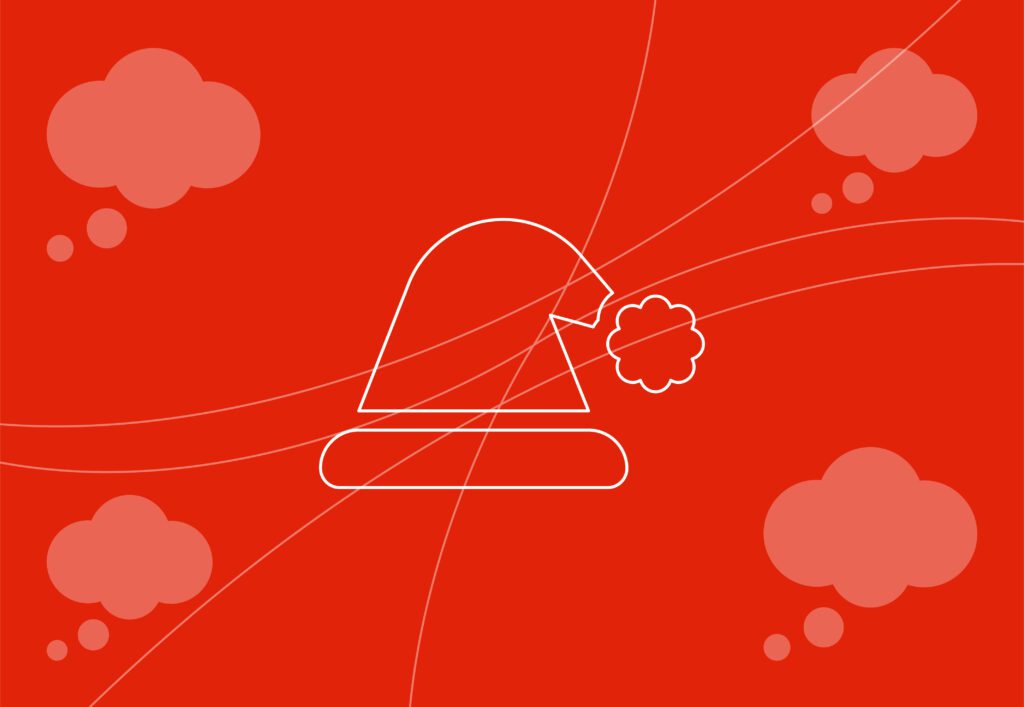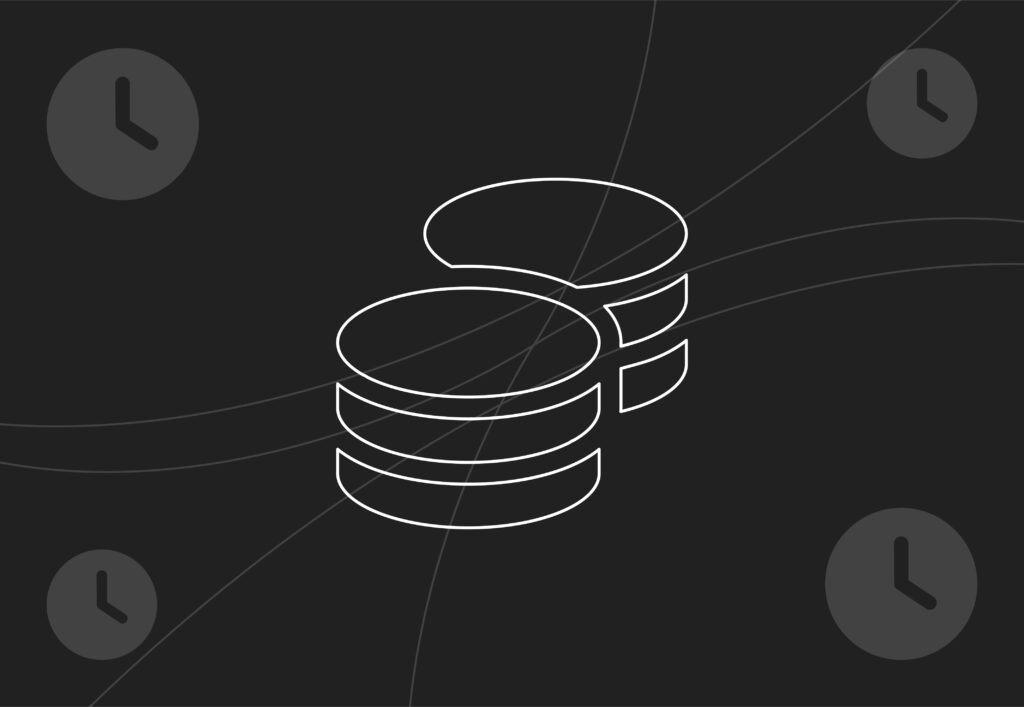
10 data-driven digital PR ideas for Christmas 2025

If your PR team waits until December to think about Christmas, it might be time to put them on the naughty list! “Christmas in July” events kick off the season, long-lead magazines build festive issues through summer, and by September, short-lead desks are already filling their calendars. By November, the Christmas countdown is in full swing, inboxes overflow, brands jostle for attention, and standing out becomes tougher than ever. It’s the most competitive period of the year for winning national coverage, backlinks and visibility in search.
Generic festive PR is harder to land each year. Gift guides and product roundups are saturated, and journalists are chasing stories with substance, data, human insight, and a new perspective.
This is where data led creativity from PRs comes in. With data-driven campaigns now among the most effective Digital PR tactics, the strongest Christmas stories combine behavioural insight, trend analysis, and regional storytelling with the festive themes people actually care about, creating stories that get cited, not scrolled past.
With Google’s AI Overviews now surfacing brand mentions, data-driven stories have become one of the best ways to stay visible in search results.
So if you’re still hunting for festive inspiration, here are ten data-led Christmas PR ideas designed to add a little ‘sparkle’ to your next campaign.
Setting yourself up for success:
But before you open that spreadsheet, timing and setup matter just as much as creativity.
Timeline:
July to September (Long lead magazines)
Homes and interiors titles, lifestyle glossies and parenting magazines build Christmas issues months early. Anything involving data maps, expert commentary, product trends or regional patterns should be pitched before October.
October to November (National media)
This is the peak window for data drops. Journalists respond well to stories that include inflation insights, weather predictions, travel analysis, ranking studies and behavioural surveys.
December (Reactive and newsjacking)
This is the month for fast stories. Weather warnings, travel chaos, extreme cold snaps, last minute shopping trends and cultural moments perform well.
Building campaigns around these windows ensures your ideas land when journalists are actually planning coverage.
The asset Checklist
Before you pitch, make sure you’ve got the essentials ready: data sheets, methodology notes, expert quotes, well researched and up to date media targets, cleared images and a regional split. The easier you make a journalist’s job, the better your chances of landing coverage.
This preparation removes any of that friction for journalists and significantly increases your chance of landing links and placements.
Always cite data sources clearly. Publishers prefer verifiable data they can credit and that’s how your brand earns authority that helps to drive organic performance.
Idea 1: The Christmas inflation index

Cost of Christmas Past vs Present
This campaign takes a familiar Christmas reference point and blends it with the most reliable data source available. By comparing the cost of a Christmas basket over time, you create a seasonal lens on inflation that is digestible and highly newsworthy. A simple visual comparing “Christmas Dinner 1995 vs 2025” instantly hits Money and Lifestyle desks.
Methodology
Use ONS inflation data and historic supermarket pricing. Create a basket such as the full Christmas dinner shop or the cost of the gifts. Compare current values with ten, twenty and thirty years ago. Provide percentage increases and city level analysis where possible. There are plenty of household stats relating to income, household makeup and finances, so there will be lots to go after.
Finance editors lap up relatable economic stories, and this one gives them a festive hook on the cost-of-living story that keeps running every December.
Pro Tip:
If you work in finance or retail – this is your strongest Christmas angle. It creates natural linking opportunities from Money, Finance, Consumer and National desks.
Idea 2: The Christmas ick report
Data angle: Social Listening and Sentiment Analysis
Everyone has a festive ick -from decorations going up in October to “Secret Santa gone wrong.” Adding a layer of social data makes it measurable. People have strong opinions on everything from the timing of toys in stores to when is the acceptable time to start ‘defrosting’ Mariah Carey! This makes the festive season ideal for social listening campaigns.
Methodology
Scrape mentions of Christmas Icks across TikTok, Reddit, X and Instagram. Categorise mentions and rank them by volume. Examples might include loud eating, novelty jumpers, christmas music or office party behaviour.
It’s a nice playful, relatable seasonal angle and can be tailored to your industry. These elements drive high engagement on social channels and spark debate, making it appealing to tabloids, lifestyle sites and entertainment reporters.
Pro Tip:
Best for consumer brands, lifestyle products, gifting brands and food and drink companies. If your audience is millennial or Gen Z, this angle lands especially well.
Idea 3: The festive travel chaos predictor

Data angle: Predicting the Worst Times to Travel
Every year, travel disruption becomes a major talking point from train strikes to bad weather. This makes data led travel forecasting one of the strongest annual PR opportunities. Bring in your travel or insurance expert to add advice and opinions.
Methodology
Analyse five to ten years of National Highways traffic data, train delay records and airport performance reports. Identify the most congested motorways, peak travel hours, and regions with the worst delays on Christmas Eve.
Datasets from the UK Department for Transport detailing the total length and classification of roads across Great Britain can add real depth to a motoring or travel story. Instead of simply ranking the number of traffic incidents by city population, you could weight the results by the total length of road in each area. That gives you a much fairer picture, highlighting which locations have the most dangerous roads per mile rather than just the highest raw number of incidents.
Why it works
It is practical, urgent and useful. Regional publications especially love traffic and travel stories because they drive local readership and with expert commentary around a local angle then it’s a perfect sell!
Pro Tip:
Perfect for travel brands, insurance companies, car leasing firms, comparison sites and regional businesses. If you need regional coverage, pick this one.
Idea 4: Nostalgia economics

Data angle: The Christmas Toy Investment Guide
Nineties and early 2000s nostalgia continues to perform well, and Christmas is a natural moment to revisit childhood toys and trending moments. Combine eBay resale data with cultural nostalgia. Everyone loves to find out that their old Game Boy is worth more than they think.
Methodology
Scrape eBay sold listings for items such as Furbies, Tamagotchis, Polly Pocket sets, early gaming consoles and Lego collections. Compare current resale values with the original RRP to determine the biggest value increases. Check upcoming movie and TV releases and see what’s likely to feature in round ups and trending mentions. What are the products to invest in this year?
Why it works
It captures interest into nostalgia from millennials and provides a money saving angle. Perfect for consumer finance and lifestyle desks.
Pro Tip:
Nostalgia is Ideal for ecommerce brands, toy retailers, resell sites, auction or collectibles platforms and money saving apps. If your audience includes parents or millennials then this is a nice one to look into!
Idea 5: The white Christmas probability report

Data: A Statistical Look at Snowfall
Weather data has universal appeal. Anything involving snow, temperatures or storm warnings always performs well online. Pair the story with a graphic ranking the ‘Cities Most Likely to See Snow in 2025’.
Methodology
Use Met Office snowfall records and calculate the probability of snow on Christmas Day across major UK cities. Create a ranked list.
Why it works
Weather remains one of the highest searched topics in December. This story is simple, visual and perfect for national and regional news.
Pro Tip:
Great for insurance clients, holiday parks, motor, travel operators and any brand with national reach. This is also extremely effective for B2C brands who want predictable seasonal coverage.
Idea 6: AI vs grandparents
Data angle: The Blind Taste or Creativity Test
AI remains one of the most talked about subjects in the media. Combining AI with festive warmth helps to create some instant intrigue.
Methodology
Use AI models to create Christmas cards, poems or recipes. Then ask a grandparent or older family member to produce the same item. Run a blind survey of at least one thousand people to judge which is preferred.
Headline example
Heart vs Algorithm: Brits Still Prefer Nan’s Christmas Dinner Over AI Recipes
Why it works
It blends human interest with technology. The comparison creates debate, humour and strong editorial angles.
Pro Tip:
Go for something like this if you are a tech brand, AI startup, greeting card retailer, food client or any brand wanting a culture angle. Works well for opinion, lifestyle and tech journalists.
Idea 7: Dream Christmas traditions

Data angle: Regional Christmas Behaviour and Tradition Trends
Christmas traditions vary enormously across the UK, making this an ideal campaign for regional amplification. Use Google Trends to validate behaviours and pair survey data with search spikes (e.g. searches for ‘Yorkshire pudding as a starter up X%’).
Methodology
Survey two thousand people on festive habits. Questions might include:
• Do you open gifts on Christmas Eve or Christmas Day
• Do you include Yorkshire puddings in your Christmas dinner
• Do you watch the King’s Speech
• What time does Christmas Day start in your household
Combine this with Google Trends patterns where relevant.
Why it works
Regional media want stories that mention their city directly. This campaign would generate dozens of regional angles and strong backlink opportunities. These cultural quirks perform brilliantly for radio and breakfast TV too.
Pro Tip:
This is your go to angle for brands needing strong regional pickup. Homeware brands, supermarkets, food delivery companies and hospitality brands could benefit most.
Idea 8: The festive footprint report
Data angle: Sustainability Insights for Christmas 2025
Sustainability is a mainstream news topic and Christmas waste, travel emissions and consumption patterns make this a powerful angle.
Methodology
Calculate the carbon impact of common festive habits. Examples include miles travelled to visit family, volume of wrapping paper sent to landfill, food waste totals, and the impact of energy bills using Christmas lights.
Why it works
It aligns with environmental reporting that publishers prioritise. It can also be paired with a helpful guide of sustainable swaps. Include advice or swaps your brand genuinely supports and that authenticity stops it from feeling too preachy.
Pro Tip:
Ideal for sustainability led brands, travel companies, food producers, eco retailers and energy providers. If your brand has strong environmental credentials, this is the most natural fit.
Idea 9: The argument hour study
Data angle: Pinpointing When Families Fall Out
Family tension is a universal experience at Christmas, and journalists know readers love these relatable insights. Keep the story positive, with ways to counter arguments and stress. Include expert tips on how to avoid festive stress – relationship experts, charities or psychologists work well here
Methodology
Survey two thousand people to identify the time of the first Christmas Day argument, stress peaks, the cause of the disagreement and how long it lasts. Include age group breakdowns.
Why it works
It is human, relatable and drives strong engagement on social platforms. Lifestyle magazines, tabloids and television websites often pick up similar studies.
Pro Tip:
Great for FMCG brands, supermarkets, lifestyle retailers, game brands and family oriented companies. This is a reliable tabloid and lifestyle angle.
Idea 10: Visualising Christmas in the future
Data angle: Christmas in the Year 3000
Highly visual content continues to outperform text-heavy stories – so uncovering what ‘X’ could look like in the future is a really nice visual story to bridge that ‘twixmas’ gap!
Methodology
Create a set of AI-generated images showing how Christmas might look in the year 2500 or 3000. Examples include futuristic Christmas markets, robot Santas or intergalactic family dinners. Ensure descriptions and prompts are documented for transparency and are relevant to your product or brand!
Why it works
Editors want visually striking images to break up articles. This concept gives them exactly that and is a nice lighthearted story to add to the news cycle.
Pro Tip:
If you are a tech, design, interiors, ecommerce or innovation-focused brand, this angle is a good one for you. It also performs well when you want strong visual assets for social and national press.
How to execute these Christmas PR ideas
Whatever idea you choose, success comes down to accuracy, clarity and presentation.
Check your sources: Always link to the original datasets and double-check calculations. Journalists love transparency.
Explain your method: A short paragraph on how you built the data is essential.
Lead with a killer subject line: Your email header is half the battle to peak the interest of journalists
Add an expert voice: Always include a quote – it turns a data dump into a story
Include strong visuals: Make sure you have clean charts, mobile-friendly graphics and editorial-ready images.
You don’t need a blockbuster ad budget to earn festive coverage. A sharp angle, credible data and clear storytelling go a long way. Make sure you are adding some festive sparkle to your data led content this year and importantly, make sure every story connects back to what your brand stands for.
There is a huge difference between gaining backlinks and gaining relevant, high-quality backlinks. Google prioritises the relevance of a link over the quantity of links, meaning that links from reputable media sources within the target sector carry more weight than multiple backlinks from irrelevant media.
And don’t forget measurement: track where your stories drive new referring domains, branded searches and share of SERP against competitors.
If you want your brand to show up in the stories, searches and AI results people trust this Christmas, build a campaign worth citing.



